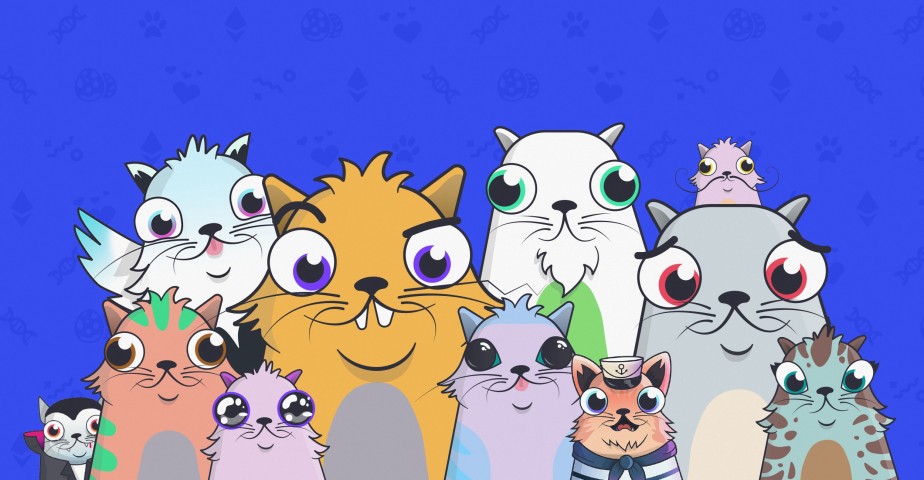Non-fungible tokens, or NFTs, have become the talk of the town in the art world in recent years. NFTs are unique digital assets that are stored on blockchain technology, enabling them to be verified as authentic and providing a way to establish ownership of digital art. But how did we get here, and what has been the impact of NFTs on the art world?
The origins of NFTs can be traced back to CryptoKitties, a blockchain-based game that was launched in 2017. CryptoKitties allowed users to buy, sell, and breed virtual cats, each with their own unique characteristics and traits. The game quickly gained a following, with some rare cats selling for tens of thousands of dollars.
While CryptoKitties was primarily a game, it highlighted the potential of blockchain technology for creating unique digital assets that could be bought, sold, and traded like physical assets. It wasn’t long before artists and collectors started experimenting with NFTs in the art world.

One of the earliest examples of an NFT in the art world was a piece called “IAMA Coin” by artist Kevin Abosch. The piece was a digital token that represented Abosch’s identity, and it sold for 100 ETH (approximately $10,000 at the time) in 2018.
But it was the sale of Beeple’s “Everydays: The First 5000 Days” at Christie’s auction house in March 2021 that really put NFTs on the map in the art world. The digital artwork, which is a collage of every image Beeple created as part of his “Everydays” project, sold for a record-breaking $69 million, making it the third-most expensive artwork by a living artist ever sold at auction.
The sale of Beeple’s artwork was a watershed moment for NFTs in the art world, demonstrating the potential of blockchain technology to create a new market for digital art. It also sparked a flurry of activity in the NFT market, with artists and collectors flocking to the platform to buy and sell unique digital assets.
The impact of NFTs on the art world has been significant. NFTs have enabled artists to monetize their digital creations in a way that was previously impossible, and they have created a new market for digital art that has opened up new possibilities for artists and collectors alike. NFTs have also provided a way to establish authenticity and ownership of digital art, creating a new level of transparency and trust in the market.
However, there are also concerns about the impact of NFTs on the art world. Some critics argue that the high prices being paid for NFTs are unsustainable and that they are creating a bubble in the market. Others worry about the environmental impact of blockchain technology, as the energy consumption required for blockchain transactions is significant.
Despite these concerns, the use of NFTs in the art world is likely to continue to grow in the coming years. As more artists and collectors experiment with the technology, we can expect to see new and innovative ways of creating and experiencing digital art. NFTs have the potential to revolutionize the art world, creating a more inclusive and equitable market for artists and collectors alike.
